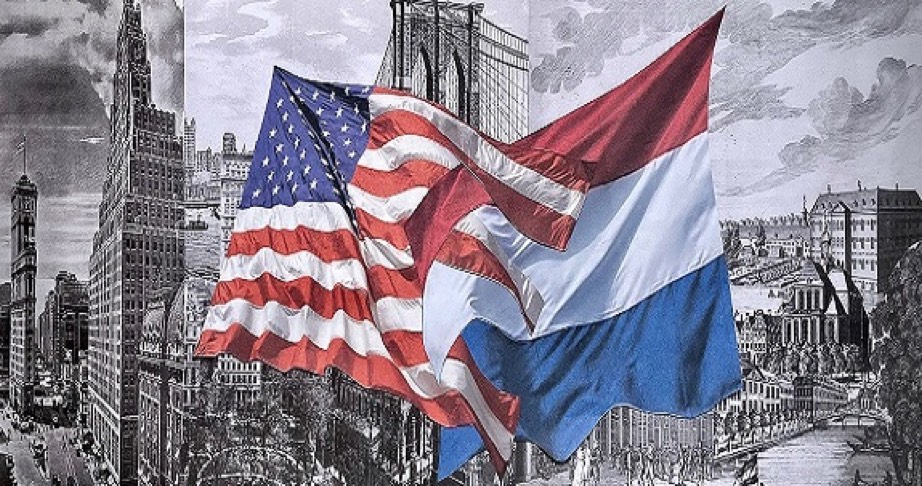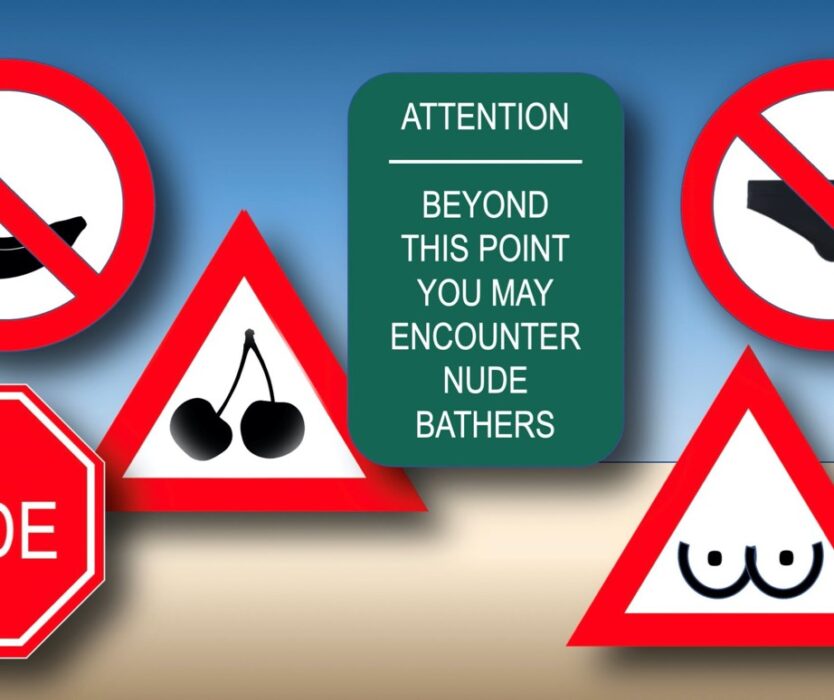It took me a while to get used to the song and dance of greeting in the USA, that ritual seemingly as superficial as a thin layer of oil on deep water. It often takes the form of a countrywide, four-sentence conversation with carefully scripted words, starting with a standard question, followed by an answer that is a routine, vaguely reassuring. Then the obligatory return of the identical ritual of asking and answering. By comparison, it makes Kabuki Theatre seem positively wild!
I am, of course referring to this exchange:
“How are you?”
“Good, thank you. How are you?”
“Good, thank you.”
‘What do you say when you run into each other, without feeling awkward, intrusive, or uninterested?’
You hear this in the office when running into a colleague at the coffee machine, when the mailman delivers a package, when greeting the cashier in the supermarket, when seeing acquaintances in the street, in cafés, and even at the doctor’s office. Everywhere, 24/7!
It baffled me. It annoyed me. What a useless, senseless waste of energy. What empty words. Yet, to my surprise, no one seemed to be bothered by it. I had a hard time complying with this unwritten rule. Sometimes, I admit, I behaved like an annoying teenager. When it was my turn to answer, I chose from things like: “I am in the strangest mood today,” or” I feel like jumping on the table.” I meant it as a joke, but it always missed the mark. I could tell from the bewildered looks.
Soon, of course, I picked up the habit. It dawned on me that it is actually rather convenient. Exactly because of the fact that the questions as well as the answers are so predictable. You are never at a loss for words, and you don’t have to construct a believable answer to get away with. One needn’t dig into all sorts of personal details. And, not unimportantly, no one cares if you lie. On the contrary, this is expected.
And guess what. Now being around my fellow Dutchmen all the time, I truly miss the greeting rite. What do you say when you run into each other, without feeling awkward, intrusive, or uninterested? People often make up greetings on the spot. “Hi Pauline, you look fabulous. That divorce clearly served you well” or, “Peter, you look terribly pale. Hope nothing is wrong with you.”
How on earth do you get out of that? And even when you retreat to the obvious and formal, “Hoe gaat het ermee?” (How are you?), people tend to give honest answers. They somehow feel obliged to tell you their dog died. Or, if they are more of a private type, you feel their struggle to avoid telling what’s the matter.
Back in the day, Americans must have perceived me as typically Dutch. Direct, blunt, bordering on being rude. So much so that they were often taken aback. Of course, they were way too kind to tell me this in my face.
So, this is what I learned during ten years of greeting and being greeted in the USA. There is no obligation to dig into someone’s emotions when buying bagels at seven o’clock in the morning in the supermarket. There is some gentleness in a ritual. It gives a fellow human being a chance to simply be there, no matter what. If you are greeted, it means you are being accepted as you are.
And that is quite a lot.
 Pia de Jong is a Dutch writer and columnist. She wrote several novels: Her debut ‘Lange dagen’, a coming of age novel, won the Gouden Uil award. ‘Saving Charlotte, A Mother and the Power of Intuition’, is a memoir about the year her baby daughter battled leukemia. Pia wrote for the Princeton Echo, US 1, the Washington Post, Het Financieele Dagblad, and documented her life in Princeton N.J. for NRC Handelsblad. Her columns have been published in Flessenpost and Pia’s Amerika. You can contact Pia via her website. Illustrations are by her daughter Charlotte Dijkgraaf, who studies at the Gerrit Rietveld Academy. Click here for the other parts of this blog series.
Pia de Jong is a Dutch writer and columnist. She wrote several novels: Her debut ‘Lange dagen’, a coming of age novel, won the Gouden Uil award. ‘Saving Charlotte, A Mother and the Power of Intuition’, is a memoir about the year her baby daughter battled leukemia. Pia wrote for the Princeton Echo, US 1, the Washington Post, Het Financieele Dagblad, and documented her life in Princeton N.J. for NRC Handelsblad. Her columns have been published in Flessenpost and Pia’s Amerika. You can contact Pia via her website. Illustrations are by her daughter Charlotte Dijkgraaf, who studies at the Gerrit Rietveld Academy. Click here for the other parts of this blog series.




